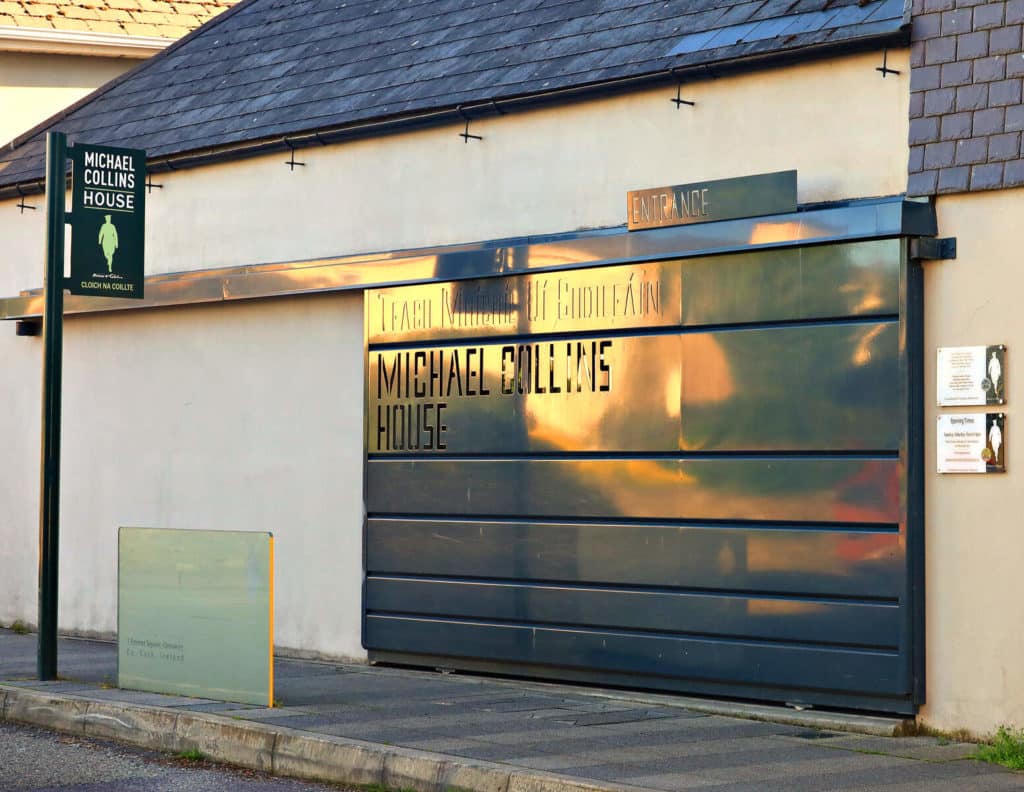Today, 6 December, is a significant day in Irish history. On this day 100 years ago the Anglo-Irish Treaty was signed which brought an end to the War of Independence and years of conflict on the island of Ireland.
100 Years After The Anglo Irish Treaty
The negotiations took place in London over a number of months, and were tense. The Irish team included Michael Collins and Arthur Griffith. They were facing some political heavyweights of the British Government that included the Prime Minister, Lloyd George and Winston Churchill.
If you are interested to know more about the political life at that time, the characters involved in the Treaty, here are some museums and exhibitions to visit.
Studio and State – Exhibition – National Museum
For the first time on show together, Sir John Lavery’s paintings of the Treaty signatories from Hugh Lane Gallery next to contemporary artefacts of the time from the National Museum of Ireland’s collection. Museum objects include the fountain pen reputedly used by Michael Collins to sign the original Treaty document and propaganda handbills.
Studio & State explores events between July 1921, when the Truce was agreed in Dublin, and January 1922, when the Anglo-Irish Treaty was narrowly ratified in Dáil Éireann. It considers the role that John and Hazel Lavery played during the Treaty negotiations and how they negotiated the complex relationships between art, politics and history.
The Treaty signatories from both sides sat for Lavery during the negotiations and his London studio was an informal meeting place, in which Hazel Lavery played an influential role. John Lavery cast himself in the role of artist-diplomat and saw the studio as “neutral ground”.
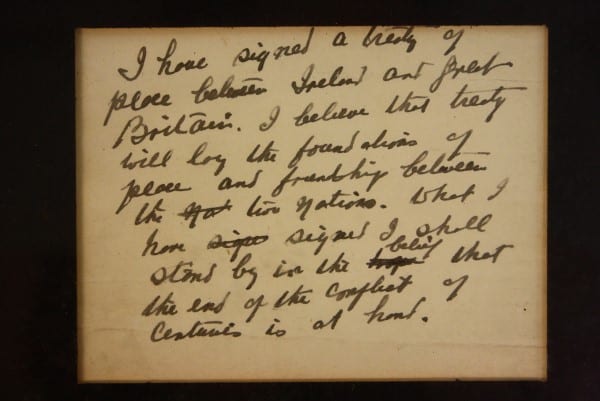
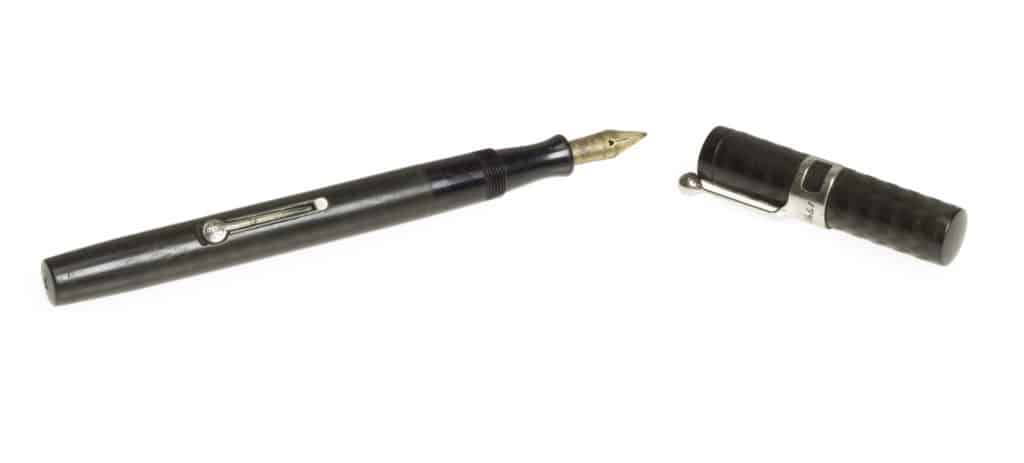
The negotiations for and signing of the Treaty were crystallising moments for Ireland in the twentieth century. The Treaty was both a vehicle of peace as well as a catalyst for civil war. Sir John Lavery’s paintings provide an unparalleled record of this pivotal moment.
A bespoke exhibition catalogue with essays from historians, art historians and artists further explores the historical events of this time and the role of the Laverys in the Treaty negotiations. It will be available for sale at the National Museum of Ireland, Collins Barracks and on our online shop.
The exhibition is taking place in the Museum of Decorative Art and History, Collins Barracks, Benburb Street, Dublin 7.
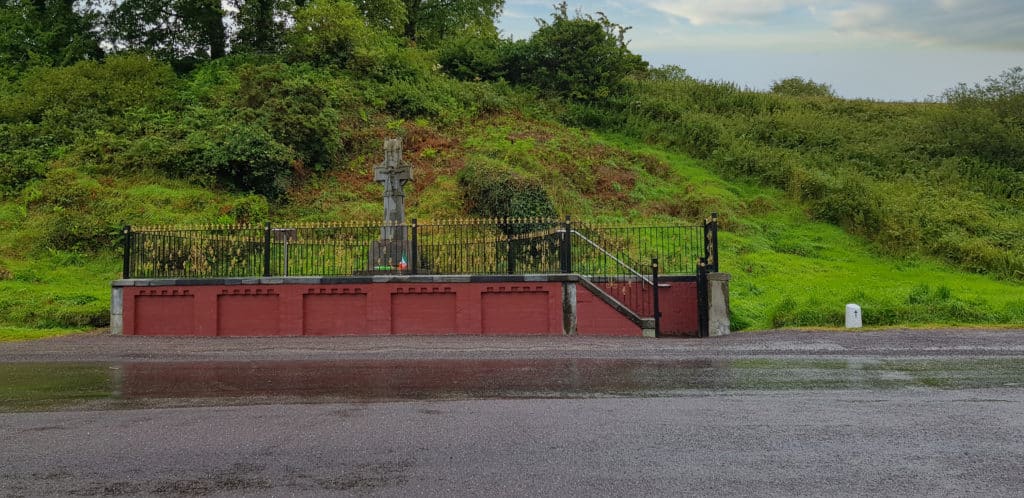
Kilmainham Gaol Museum
This prison was found in 1796 in a part of Dublin called Gallows Hill. It still stands today, but now it is a museum. At the time of the Easter Uprising in 1916-1924 it was a military detention prison.
Leaders of the rebellion in1916 were detained and in some cases executed here. Many members of the Irish Republican movement during the Anglo-Irish War (1919-21) were also detained in Kilmainham Gaol, guarded by British troops. Names such as Henry Joy McCracken, Robert Emmet, Anne Devlin, Charles Stewart Parnell and the leaders of 1916 will always be associated with the building.
The Forgotten Ten – A War of Independence centenary exhibition
As the War of Independence progressed throughout 1920 and 1921, twenty-four men were executed in Ireland by the British Administration. Fourteen were shot by military firing squad in counties Cork and Limerick, as both counties were under martial law at the time.
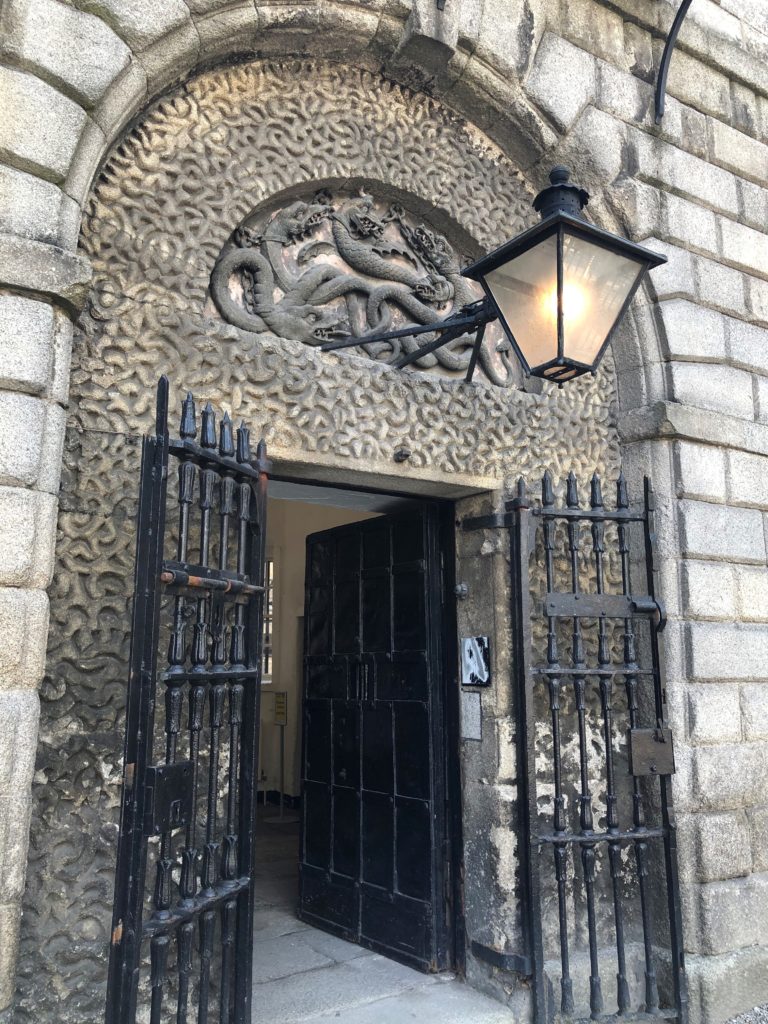
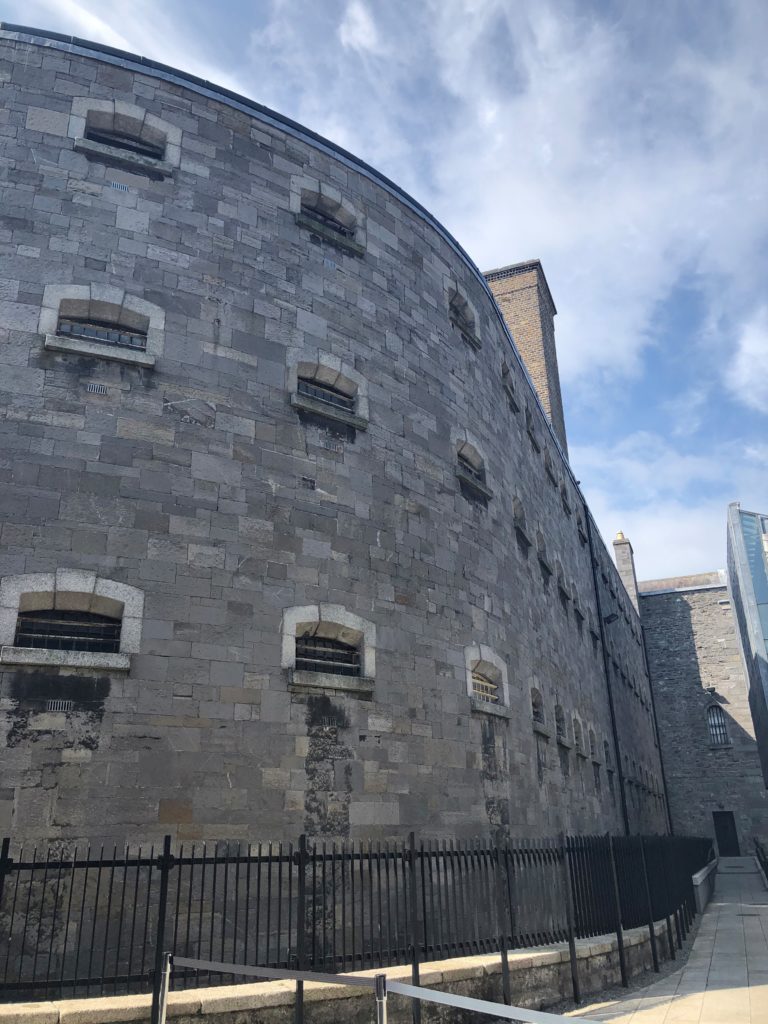
In Dublin, however, where martial law did not apply, ten men were hanged in Mountjoy, which was a civilian prison. A new exhibition in Kilmainham Gaol Museum looks at these latter executions and the men who would become known as ‘The Forgotten Ten’
Please see The Forgotten Ten for further information, see Kilmainham Gaol.
The above museums and exhibitions, though free must be booked in advance,
Michael Collins’ House
This museum is dedicated to the revolutionary hero, Michael Collins. Visit to learn about the “Big Fella” himself, his life story entwined with the history of the fight for Irish independence. The museum is presented in an accessible manner through guided tours, interactive displays, audio visuals, artefacts and more, bringing the history to life for all the family.
For those looking to delve into the history further information boards, history talks and our highly qualified tour guides will more than happily engage in debate and answer any questions you may have.
Book tickets in advance €5 at Michael Collins House, 7 Emmet Square, Clonakilty, Co. Cork.
